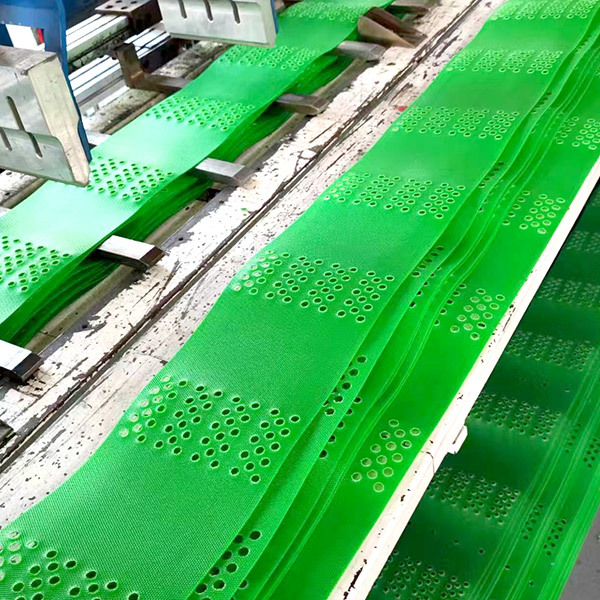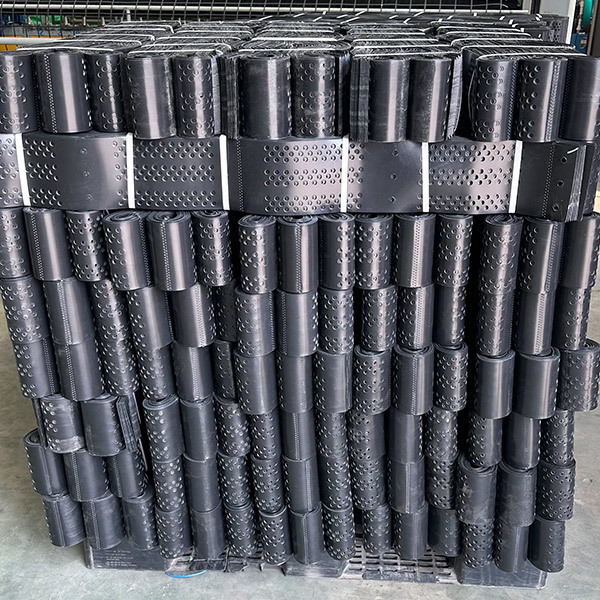Understanding Envirogrid Geocell: A Versatile Solution for Construction Projects
Time:
May 18,2025
Envirogrid geocell systems are innovative three-dimensional structures designed to enhance soil stability and support various construction applications. These geocells are made from high-density polyethylene (HDPE) or other durable materials, which makes them resistant to environmental factors such as UV radiation and corrosion. This durability ensures a long service life, making them a cost-effec
Envirogrid geocell systems are innovative three-dimensional structures designed to enhance soil stability and support various construction applications. These geocells are made from high-density polyethylene (HDPE) or other durable materials, which makes them resistant to environmental factors such as UV radiation and corrosion. This durability ensures a long service life, making them a cost-effective solution for many construction needs.
One of the primary uses of Envirogrid geocell is in the stabilization of soil and aggregate materials. By confining the soil within the geocell's cellular structure, it helps distribute loads evenly, reducing the risk of erosion and deformation. This feature is particularly beneficial in areas subjected to heavy traffic or extreme weather conditions. In addition, the cells can be infilled with various materials, including soil, gravel, or concrete, allowing for tailored applications based on specific project requirements.
Another significant advantage of Envirogrid geocells is their role in drainage management. The open structure of the cells allows for effective water infiltration, reducing surface runoff and promoting natural drainage. This is particularly advantageous in areas prone to flooding, as it helps mitigate water accumulation and enhances the stability of the surrounding landscape. Furthermore, the use of geocells aids in the creation of green spaces by allowing vegetation to grow within the cellular structure, promoting ecological benefits and aesthetic appeal.
Envirogrid geocells also contribute to sustainable construction practices. By minimizing the amount of material needed for traditional stabilization methods, they reduce the overall environmental impact of a project. The lightweight nature of geocells simplifies transportation and installation, further contributing to reduced carbon emissions during construction. As the construction industry increasingly embraces eco-friendly solutions, Envirogrid geocells present a viable option for those seeking to enhance sustainability without sacrificing performance.
In summary, Envirogrid geocell systems provide a versatile and effective solution for various construction applications. Their ability to stabilize soil, manage drainage, and support sustainable practices makes them an invaluable tool in modern construction. By leveraging the unique properties of geocells, contractors and engineers can address common challenges while promoting durability and environmental stewardship in their projects. Whether you're involved in road construction, landscaping, or building infrastructure, considering the implementation of Envirogrid geocells can greatly improve the efficiency and effectiveness of your work.
One of the primary uses of Envirogrid geocell is in the stabilization of soil and aggregate materials. By confining the soil within the geocell's cellular structure, it helps distribute loads evenly, reducing the risk of erosion and deformation. This feature is particularly beneficial in areas subjected to heavy traffic or extreme weather conditions. In addition, the cells can be infilled with various materials, including soil, gravel, or concrete, allowing for tailored applications based on specific project requirements.
Another significant advantage of Envirogrid geocells is their role in drainage management. The open structure of the cells allows for effective water infiltration, reducing surface runoff and promoting natural drainage. This is particularly advantageous in areas prone to flooding, as it helps mitigate water accumulation and enhances the stability of the surrounding landscape. Furthermore, the use of geocells aids in the creation of green spaces by allowing vegetation to grow within the cellular structure, promoting ecological benefits and aesthetic appeal.
Envirogrid geocells also contribute to sustainable construction practices. By minimizing the amount of material needed for traditional stabilization methods, they reduce the overall environmental impact of a project. The lightweight nature of geocells simplifies transportation and installation, further contributing to reduced carbon emissions during construction. As the construction industry increasingly embraces eco-friendly solutions, Envirogrid geocells present a viable option for those seeking to enhance sustainability without sacrificing performance.
In summary, Envirogrid geocell systems provide a versatile and effective solution for various construction applications. Their ability to stabilize soil, manage drainage, and support sustainable practices makes them an invaluable tool in modern construction. By leveraging the unique properties of geocells, contractors and engineers can address common challenges while promoting durability and environmental stewardship in their projects. Whether you're involved in road construction, landscaping, or building infrastructure, considering the implementation of Envirogrid geocells can greatly improve the efficiency and effectiveness of your work.








